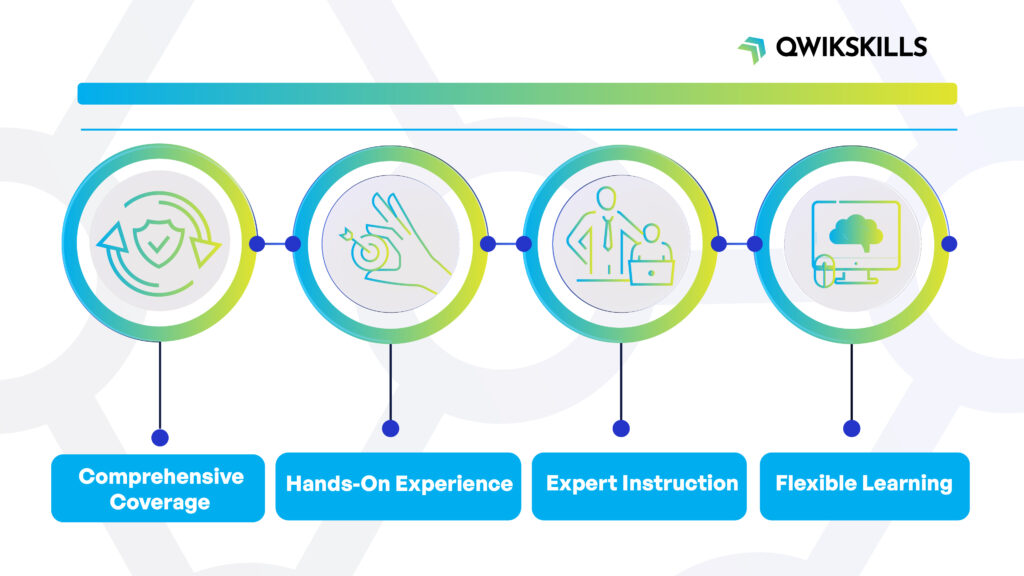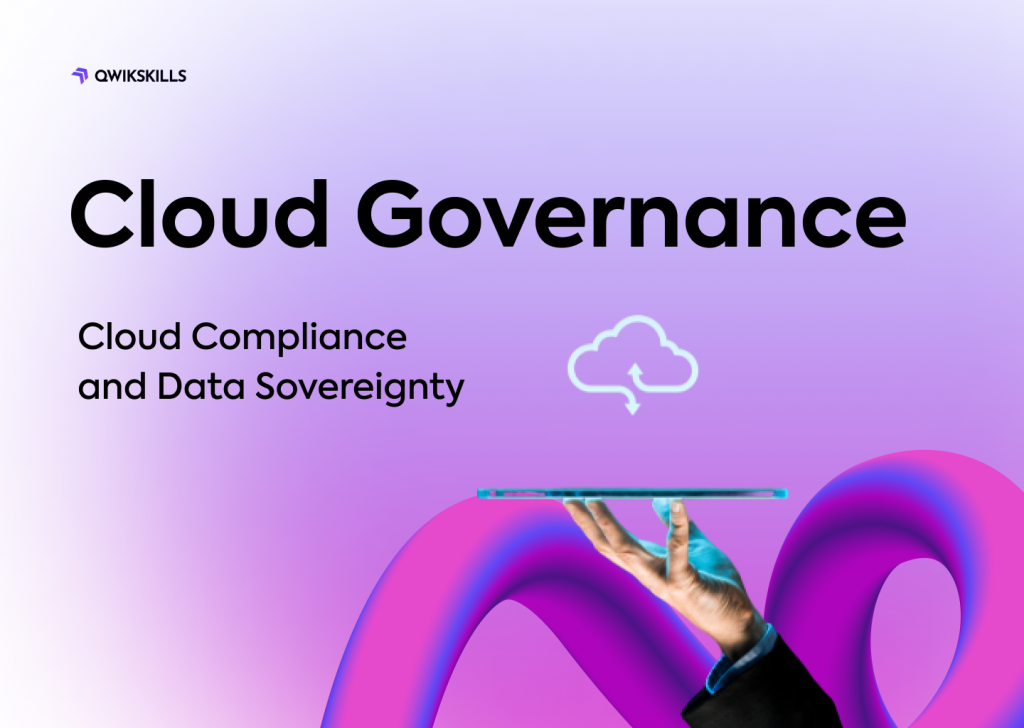As the world turns out to be progressively computerized, an ever-increasing number of organizations are going to cloud services as an answer for putting away and getting to their information. There are numerous advantages, such as cost savings, scalability, and adaptability. However, comprehending the various cloud computing services, providers, and types can be overwhelming for those unfamiliar with the technology. We will provide a beginner’s guide in this article, outlining the various cloud types, their advantages, and common misunderstandings. We will also talk about the Cloud Computing Training Course offered by Qwikskills and how it can help newcomers.
What is Cloud Computing?
The internet-based delivery of computing services like storage, processing power, and software is known as cloud computing. Instead of depending on an actual server or PC, Cloud services permit clients to get information and applications from any gadget with a web association.
Types of Cloud Services
Public cloud: computing services, which are accessible to anyone with an internet connection. Public mists are versatile, savvy, and simple to utilize, yet may not be all around as secure as confidential mists.
Private cloud: computing administrations are worked and kept up with by the association that utilizes them. Although they may be more costly and more challenging to manage, private clouds are more secure than public clouds.
Hybrid cloud: computing services offer a balance of security, scalability, and affordability by combining public and private clouds. Hybrid clouds can be tailored to an organization’s specific requirements.
Cloud Computing Services
SaaS: Software applications are made accessible to users via the internet through SaaS. Email, word processing, and accounting software are examples of SaaS.
IaaS: Storage, processing power, and networking are just a few of the computing resources that users can access through IaaS over the Internet.
PaaS: a platform for developing, testing, and distributing applications over the internet is provided to users by PaaS.
Benefits of Cloud Computing
Cost Savings: Businesses only pay for the computing resources they use and eliminate the need for costly physical hardware.
Scalability: Based on their requirements, businesses can scale up or down their computing resources.
Flexibility: Users can access their applications and data from any device with an internet connection.
Security: To safeguard users’ data, cloud service providers frequently employ sophisticated security measures.
Collaboration: Multiple people can work together on the same apps and data.
Common Misconceptions in Cloud Computing
Security Concerns: While there is dependably a gamble of information breaks and digital assaults, Cloud services suppliers frequently have progressed safety efforts set up to safeguard clients’ information.
Utilization of the Internet: Requires a Web association, however, numerous applications have disconnected abilities that permit clients to get to their information and applications even without a Web association.
Reliability: To guarantee that their services are always available, cloud service providers frequently have multiple data centers and backups in place.
Getting Started with Cloud Services
Choosing a Cloud Provider: Consider the various cloud service providers and select one that best suits your requirements.
Selecting the Right Cloud Service: Whether it’s a SaaS, IaaS, or PaaS cloud service, choose one that meets your business’s requirements.
Migrating to the Cloud: You’ll need to move your applications and data to the cloud once you’ve chosen a provider and service.
Cloud Training With Qwikskills
Qwikskills offers a Cloud Computing Training Course that provides an all-encompassing look into cloud computing and its various aspects for those who are inexperienced with the technology. The basics of cloud platform, which includes the different cloud services and companies, are discussed in the course. Additionally, it provides hands-on experience with well-known cloud platforms like Google Cloud Platform, Microsoft Azure, and Amazon Web Services (AWS).
Benefits of Qwikskills’ Training Course
Comprehensive Coverage: The course covers all parts of Cloud services, including the sorts of Cloud computing, administrations, and suppliers.
Hands-On Experience: Students can gain practical experience by working with popular cloud platforms in the course.
Expert Instruction: Expert instructors with extensive field experience will instruct the course.
Flexible Learning: The course is accessible on the web and can be finished at the understudy’s own speed.
 Conclusion
Conclusion
Cost savings, scalability, flexibility, security, and collaboration are just a few of the many advantages of cloud services for businesses and organizations. In any case, for new people, it tends to be overpowering to comprehend the various kinds of Cloud, administrations, and suppliers. The Qwikskills Training Course gives students a thorough understanding of cloud computing and hands-on experience with popular cloud computing platforms like Google Cloud Platform, Microsoft Azure, and Amazon Web Services (AWS). By taking this course, novices can acquire the abilities and information important to work really with Cloud services stages and advance their professions in the field.




